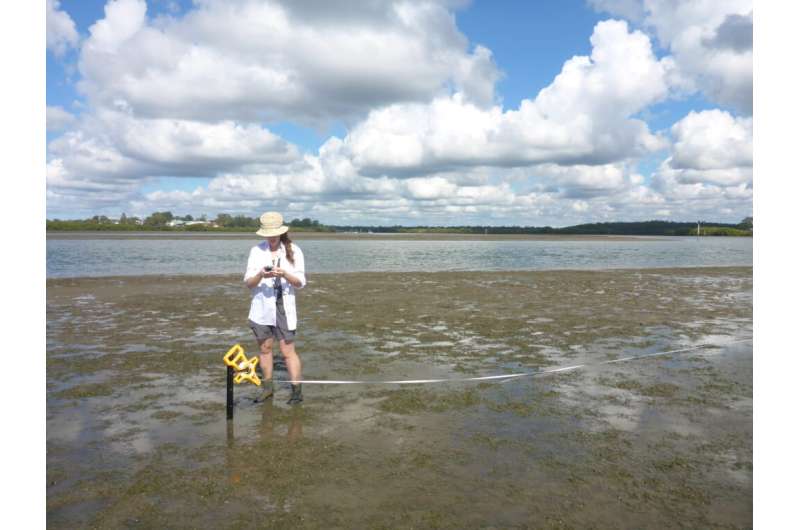From grey to green: Using seagrass instead of seawalls to keep our shorelines where they are

As rising sea-levels threaten coastal communities, people have turned from costly infrastructure to seagrass for coastal defense. But most research has stuck to testing similar coasts, grasses and soils.
Dr. Alice Twomey (The University of Queensland) and her colleagues have discovered features about a previously untested seagrass that will be important for erosion work.
"If coastal managers want to include seagrass meadows in their erosion mitigation strategies, we need to know which species will reduce erosion in what areas to get the most benefit and value for money from the project," says Dr. Twomey.
The untested seagrass species, with its unique root structure, did not in fact reduce erosion as expected. This work will help coastal managers better prioritize restoration methods for our coastlines.
Associate Professor Katherine O'Brien says that "a better understanding of how green infrastructure works is important for sustainable development" into the future. Dr. Twomey emphasizes that despite the 'negative' result for the seagrass, this is "the next step towards understanding the limitations of specific seagrass species for stabilizing sediments."
Provided by Freshscience




















